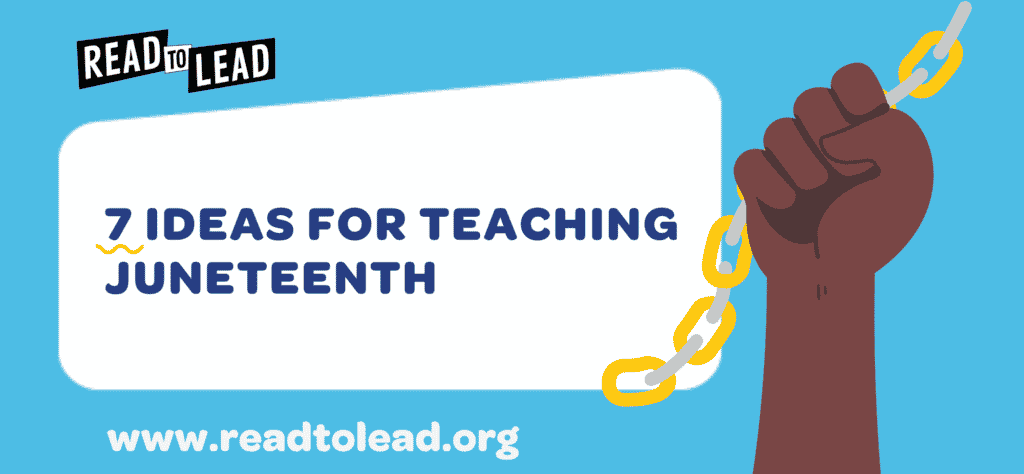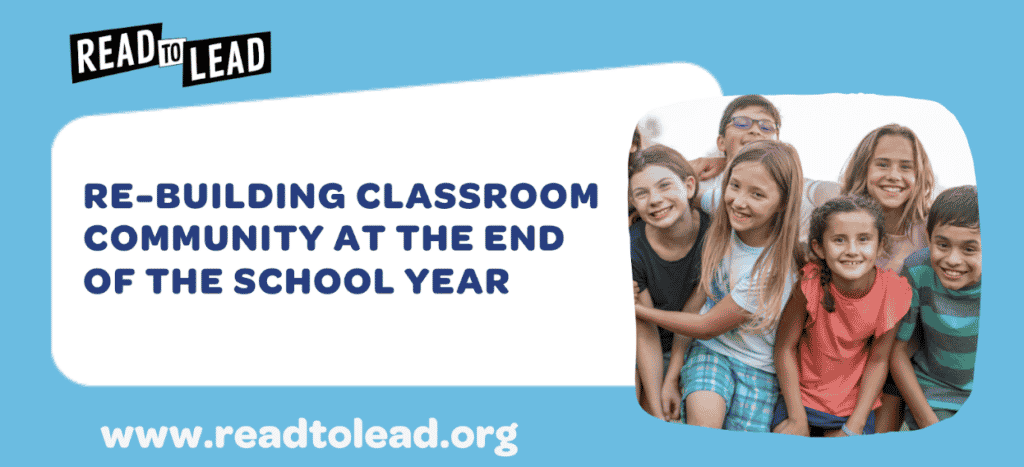
With over a decade of experience as an administrator, teacher-leader, coach, and mentor in district, state, and national levels, I have seen the inequities in education first hand.
While I enjoyed working with children from various student populations in New York and New Jersey, and remain passionate about bringing my creativity to education, it is undeniable that addressing inequity in education goes beyond just changing the curriculum.
The COVID-19 pandemic has changed how, when, and where students learn, and as a result, has also exposed the jarring disparities that exist in our education system. To address these inequities, it is necessary to look beyond just overhauling the curriculum— we need to re-think the school experience, elevate student voices and choice, and leverage technology to create a more equitable learning environment for our youth.
RE-THINK THE SCHOOL EXPERIENCE
Create safe spaces for learning
The word ‘school’ calls to mind an image of a safe, inviting, and wholesome environment to play and to learn. Yet, the reality in public school is anything but.
High rates of policing and zero-tolerance discipline policies in under-funded and under-resourced public schools creates a school-to-prison pipeline instead. This disproportionately funnels Black children out of the public school system and into the juvenile justice system.
When so many public schools have metal detectors at the entrance, it is hardly surprising that it doesn’t make for a welcoming experience for the students to inspire them to learn.
We need structural changes and shifts in attitudes to make the culture of schools about learning, not policing. Metal detectors and a culture of rules and punishment don’t make people better human beings. Instead, we need to bring the focus of schools to creating spaces for kids to learn and grow.
Build strong relationships between the school and the community
There has to be more of a relationship between schools and the communities they serve, where the school brings parents to the table and parents are more involved in the curriculum.
It’s amazing how many people don’t feel welcome in these conversations.
We need to create systems and structures that are inclusive of parents, families, caregivers and students. Involving all stakeholders, not just educators and administrators, in discussions about what and how children are learning is one of the effective means of addressing the inequities in education.
Increase representation
There’s no denying that in the past half-century, US schools student populations have become more ethnically diverse. However, diversity among educators and administrators has remained stagnant with 80% being white and mostly female. In fact, as more children of color enroll in schools, the racial gap between students and teachers has widened.
When students of color have teachers who match their race or ethnicity, they see improvement on almost all educational outcomes – better attendance, fewer suspensions, more positive attitudes, and higher test scores, graduation rates and college attendance. It is evident that to address the lack of equity in education, we need more representation in schools. We need more teachers and administrators who look like the student populations they serve.
ELEVATE STUDENT VOICE AND CHOICE
Get to know your students’ lives at home
As educators, we need to put our students front and center of the work we do. We need to strive to really understand our students, to know what their lives are like outside the classroom, their struggles and challenges, and their worries and fears. How can we build a loving place for people to be educated if we can’t understand the trials and tribulations they are going through?
 For example, a huge and growing problem in US schools is homelessness. The latest data from federal sources shows 1.5 million students were homeless during the 2017-18 school year, a new all-time high. Nationwide, more than 129,000 students live on their own without a parent or guardian, another number that is rising, and which also poses significant challenges of its own. Unfortunately, homelessness is strongly correlated with poor academic performance, and homelessness disproportionately affects people of Black and minority communities.
For example, a huge and growing problem in US schools is homelessness. The latest data from federal sources shows 1.5 million students were homeless during the 2017-18 school year, a new all-time high. Nationwide, more than 129,000 students live on their own without a parent or guardian, another number that is rising, and which also poses significant challenges of its own. Unfortunately, homelessness is strongly correlated with poor academic performance, and homelessness disproportionately affects people of Black and minority communities.
Educators need to make their classrooms a safe space. They can ask their Black and brown students how they are feeling. But more importantly, they can have grace with their students. If a student doesn’t turn in an assignment on time, ask them what’s going on in their life that might have prevented them from doing that work. By actively seeking to understand what our students are going through, we can then act more equitably toward them.
Let students opt-in
School closures and the shift to digital learning as a result of the COVID-19 pandemic has allowed students to opt-in or opt-out of what they are learning. Without teachers constantly monitoring their activities, students are free to choose what, how and when they learn. What the pandemic has done is given students agency to be responsible for their own learning.
However, as educators, if we are not teaching in a way that speaks to students or incorporates their interests, they will not opt-in. There is a belief that students do not want to learn, but that is simply not true. Students want to do things that are meaningful to them. COVID-19 has shown us that students will choose to learn in the ways that have value in their lives.
It is a great thing for students to be able to choose their own adventure, to help design what their own schools look like. Going forward, to create education that is truly equitable, we need to involve students in the conversations about designing what schools look like and what they learn in school.
LEVERAGE TECHNOLOGY
Consider technology access equity
The COVID-19 pandemic has highlighted the digital divide that exists in the US. With schools closed and distance learning on virtual platforms becoming the predominant form of instruction, children who lack access to the internet and devices now also lack access to education.
Almost a third of US households lack broadband access, and in households that have access, there is often a shortage of devices for everyone who needs it – including parents who are now working from home and multiple school-going children. Research also shows that Blacks and Latinos are much less likely to have access to home computers than are white, non-Latinos, and that poverty and race are significant factors in lack of access to the internet.
Thankfully, we are starting to have conversations about WiFi as a public utility, like water or power, which can make it more accessible. In order to bring equity to education, it is imperative that we treat access (to the internet and computers) as part of the problem that needs to be solved.
Technology enables students to participate in new ways
COVID-19 has highlighted something many educators already knew – that digital learning (and access to education through digital means) can create equity because it empowers students to learn where and when they are able.
Research shows that Black and minority race children have higher rates of absenteeism, causing them to miss out on valuable instruction and class-time, which impacts academic performance. Technology that allows students to learn from home can help address this problem – even absent students will have access to the material taught in school.
However, districts that are poor tend to have limited access to technology, which hinders the Black and brown students they serve. It is crucial that we start working towards bridging the digital divide between schools and the communities that they serve.
Careers of the future
The need for some measure of digital literacy at almost every level of the employment ladder. Even jobs not traditionally seen as “technology jobs” require some level of understanding and skill of how to navigate digital tools and systems.
We cannot deny that technology is the way of work moving forward, and we would be doing our students a disservice if we did not equip them with these skills. It is incumbent upon schools not to allow their students to opt-out of learning how to use technology. We have to teach students what it means to be digital citizens, and how technology is part of the future in order to give them a fighting chance to be a part of the modern workforce.
CONCLUSION
COVID-19 has made it impossible to ignore the societal inequities that matriculate into schools. School closures have exposed the reality that educators are more than just teachers – they are social workers, they provide emotional support – and that schools are more than just buildings where students learn.
We have to change the structure of how public schools operate in the world. People tend to think that the way they live is the way everyone lives. COVID-19 made it clear that isn’t the case. Education needs to be about more than just teaching students content – it needs to be about equity.
By re-thinking the school experience, elevating student voices and choice, and leveraging technology, we can address some of the inequities in our schools and our education system to create better outcomes for all our students.
ABOUT KWAMARA THOMPSON
Kwamara leads the strategic vision for partner acquisition and retention and thought leadership and professional development, working to elevate Read to Lead’s community of educators across the country.
She holds a Masters in Education Leadership and a Bachelor’s from New York University, and also sits on several boards and helps those organizations strategize and implement their education programming initiatives.
About Read to Lead
Read to Lead uses the power of game-based learning to empower middle school students to build literacy, life, and career skills. Teachers can sign up for a free account to get started!


